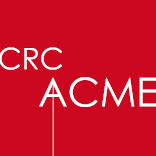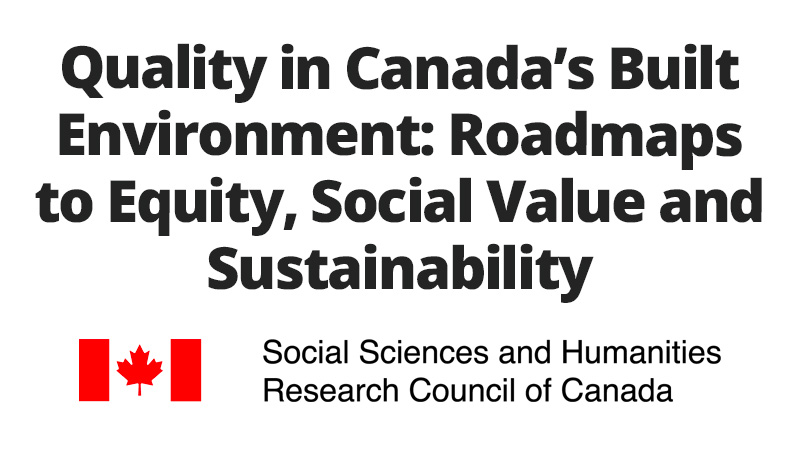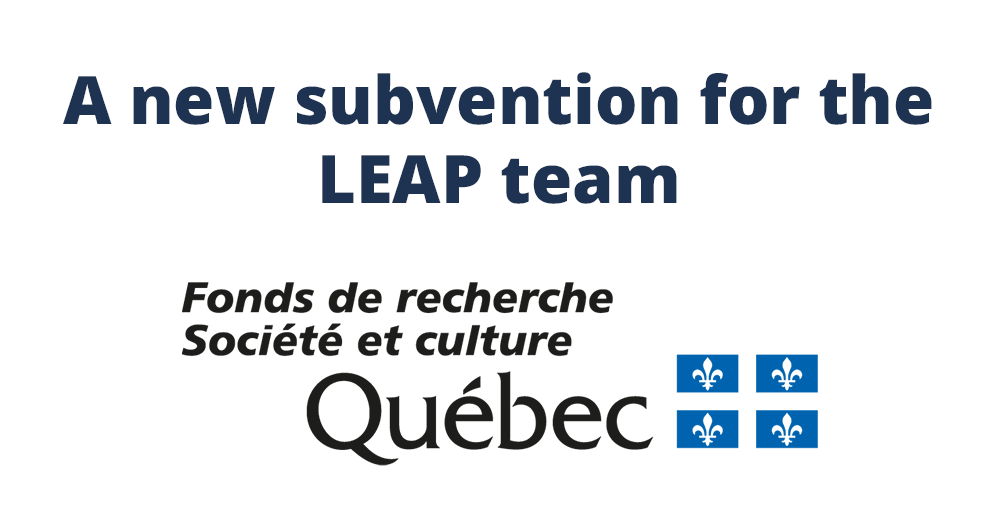The CRC-ACME coordinates a major research partnership funded by the SSHRC
The CRC-ACME announces its involvement in the partnership Quality of the Built Environment in Canada: Roadmaps to Equity, Social Value and Sustainability. Funded by SSHRC until 2027, this partnership brings together 14 universities, 70 researchers and 68 public and private organizations.



